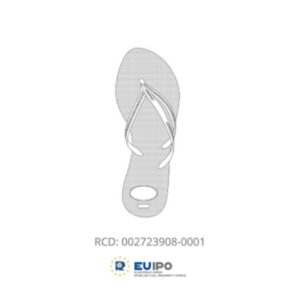“I keep hearing the term Opposition ? What does it mean?”
Part 1
A Client recently asked “I keep hearing the term Opposition ? What does it mean?”
An Opposition
When you file a Trade Mark, the examination process is undertaken by an examiner. If it is accepted that the application can function as a trade mark then the mark is advertised for a period of two months. During this two month period this is the period where you can oppose a trade mark based on perhaps your earlier rights ie you came first or perhaps you are concerned that the trade mark is too similar to your own trade mark.
Under what Law?
Trade Mark Law is governed by the Trade mark Act 1994 ( The ‘Act’)
The relevant law can be found under Section 5(2)(b) of the Act:-
5(2)(b) of the Act states: “A trade mark shall not be registered if because – (a) … (b) it is similar to an earlier trade mark and is to be registered for goods or services identical with or similar to those for which the earlier trade mark is protected, there exists a likelihood of confusion on the part of the public, which includes the likelihood of association with the earlier trade mark.”
So its crucial that you understand the likelihood of confusion and association and how the system reaches the conclusion that it does.
The law recognises the following TEN principles
• The likelihood of confusion must be appreciated globally, taking account of all relevant factors;
• The matter must be judged through the eyes of the average consumer of the goods or services in question, who is deemed to be reasonably well informed and reasonably circumspect and observant, but who rarely has the chance to make direct comparisons between marks and must instead rely upon the imperfect picture of them he has kept in his mind, and whose attention varies according to the category of goods or services in question;
• The average consumer normally perceives a mark as a whole and does not proceed to analyse its various details;
• The visual, aural and conceptual similarities of the marks must normally be assessed by reference to the overall impressions created by the marks bearing in mind their distinctive and dominant components, but it is only when all other components of a complex mark are negligible that it is permissible to make the comparison solely on the basis of the dominant elements;
• Nevertheless, the overall impression conveyed to the public by a composite trade mark may be dominated by one or more of its components;
• However, it is also possible that in a particular case an element corresponding to an earlier trade mark may retain an independent distinctive role in a composite mark, without necessarily constituting a dominant element of that mark;
• A lesser degree of similarity between the goods or services may be offset by a great degree of similarity between the marks, and vice versa;
• There is a greater likelihood of confusion where the earlier mark has a highly distinctive character, either per se or because of the use that has been made of it;
• Mere association, in the strict sense that the later mark brings the earlier mark to mind, is not sufficient;
• The reputation of a mark does not give grounds for presuming a likelihood of confusion simply because of a likelihood of association in the strict sense AND if the association between the marks creates a risk that the public might believe that the respective goods or services come from the same or economically-linked undertakings, there is a likelihood of confusion.
You apply the above ten points and argue that there is/isn’t confusion and your mark or the mark you are opposing is confusingly similar or not!
Its very easy!
About
Michael Coyle is a Solicitor Advocate and MD of Lawdit.
Lawdit is the owner of Trademarkroom.com and handles the firm’s oppositions when instructed by the team at Trademarkroom.com
He can be contacted at michael@trademarkroom.com or michael.coyle@lawdit.co.uk
Michael Coyle











